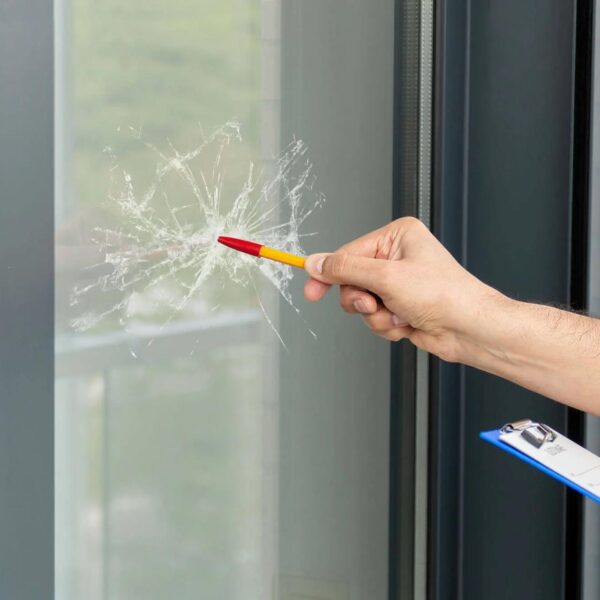Glass has played a significant role in human society for centuries because of its delicate and translucent nature. Glass has been used for a wide range of applications, including windows, beautiful items, and practical vessels, since ancient times. Glass is vulnerable to damage, including fractures, chips, and scratches. The methods for repairing cracked glass have developed over time, giving rise to more sophisticated and efficient procedures.
Ancient Techniques
In ancient times, the repair of glass was a rudimentary process. Early civilisations like the Egyptians and Romans used basic methods to mend broken glass objects. The most common approach was using heat to melt the broken pieces together, fusing them back into a single entity. This technique, known as “fire polishing,” required using a blowpipe or kiln to heat the glass fragments until they softened and merged.
Early Modern Techniques
As craftsmanship and technology advanced, new techniques were used to repair glass. During the Renaissance, skilled artisans developed new methods to address glass damage. One notable technique involved using metal staples or wire to hold broken glass pieces together. These metal supports provided structural stability, allowing the damaged glass object to retain its original shape. While effective in terms of stability, the metal staples or wires were often visible, compromising the aesthetic appeal of the repaired piece.
UV Light-Cured Adhesives
In recent decades, advancements in adhesive technology have further improved the glass repair process. UV light-cured adhesives have emerged as a popular choice for repairing glass objects. These adhesives consist of a liquid resin applied to the damaged area and then cured using ultraviolet light. UV light triggers a chemical reaction within the adhesive, causing it to harden and bond the glass pieces together. UV light-cured adhesives offer several advantages, including faster curing times, improved clarity, and increased strength of the repaired glass.
Laser Technology
Laser technology has made significant strides in emergency glass repair in recent years. Laser welding, in particular, has become a viable method for repairing cracks and chips in glass objects. This technique uses a high-energy laser beam to heat the glass locally, allowing it to fuse together and repair the damage. Laser welding offers precise control, minimal heat impact on surrounding areas, and the ability to work on intricate glass designs.
Nanotechnology
Another promising development in glass repair is the application of nanotechnology. Scientists and researchers are exploring using nanoparticles and nanocomposites to repair glass surfaces at a molecular level. These microscopic particles can fill in cracks, improve transparency, and enhance the overall strength of the repaired glass. Nanotechnology holds the potential to revolutionise glass repair by providing highly effective and long-lasting solutions.
Conclusion
The evolution of glass repair techniques showcases the ingenuity and innovation of humanity throughout history. From ancient fire polishing to modern advancements in adhesives, lasers, and nanotechnology, the glass repair field has come a long way. Today, skilled artisans and technicians have various tools and methods to restore and preserve damaged glass objects. These techniques address the structural integrity of the glass and strive to maintain the repaired pieces’ aesthetic value and historical significance. As technology advances, we can expect further breakthroughs in glass repair, ensuring that cherished glass objects and artefacts can be preserved and appreciated for future generations.


Leave a Comment
You must be logged in to post a comment.